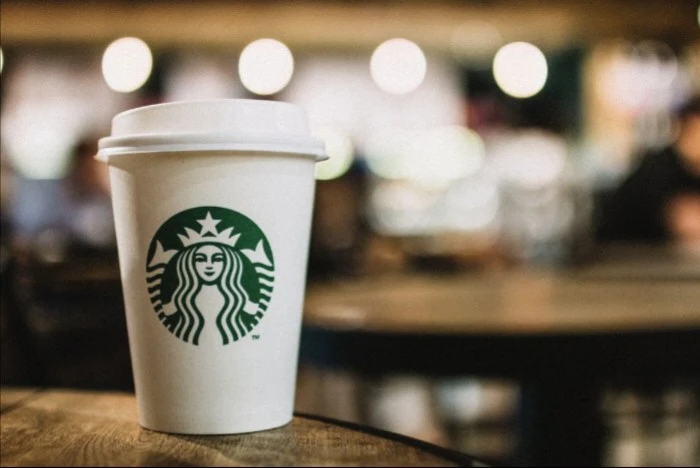Starbucks has become a global leader in coffee innovation, and one of its most popular offerings is cold brew. Unlike traditional iced coffee, cold brew is made through a unique brewing process that results in a smoother, less acidic flavor. This method has gained a loyal following among coffee enthusiasts who appreciate its rich taste and lower bitterness. But what exactly is cold brew, and how does Starbucks make it stand out? This article explores the science behind cold brew, its health implications, and why Starbucks’ version has become a fan favorite.
The Science Behind Cold Brew Coffee
Cold brew coffee is not just coffee served cold—it is brewed without heat. The process involves steeping coarsely ground coffee beans in cold or room-temperature water for an extended period, usually 12 to 24 hours. This slow extraction method differs significantly from hot brewing, where hot water quickly dissolves coffee compounds, including acids and oils. Because cold water extracts flavors more gradually, the resulting brew is naturally sweeter and less acidic.
From a chemical perspective, the cold brewing process reduces the release of certain compounds found in coffee. Chlorogenic acids, which contribute to bitterness and acidity, are extracted in smaller quantities when using cold water. Meanwhile, compounds that enhance sweetness and body, such as certain polysaccharides, become more prominent. This explains why cold brew often tastes smoother and more mellow compared to hot-brewed coffee that has been cooled down.
How Starbucks Prepares Its Cold Brew
Starbucks takes cold brew seriously, using a carefully controlled process to ensure consistency and quality. The company uses a custom blend of African and Latin American coffee beans, specifically chosen for their flavor profile when cold-brewed. The beans are coarsely ground to prevent over-extraction, which can lead to bitterness.
The steeping process at Starbucks lasts for 20 hours, a timeframe that the company has determined produces the best balance of flavor and strength. After steeping, the coffee is filtered to remove grounds and then diluted with water before serving. Starbucks also offers variations like the Vanilla Sweet Cream Cold Brew and the Nitro Cold Brew, which infuses the coffee with nitrogen gas for a creamy, velvety texture.
Health Benefits and Considerations of Cold Brew
Many coffee drinkers choose cold brew not just for its taste but also for its potential health benefits. Due to its lower acidity, cold brew is often gentler on the stomach, making it a better option for people with acid reflux or sensitive digestion. The reduced acidity also means less enamel erosion over time, which can be a concern for frequent coffee drinkers.
Caffeine content in cold brew can vary, but Starbucks’ version is typically stronger than its iced coffee. A standard grande (16 oz) Cold Brew at Starbucks contains around 205 mg of caffeine, compared to about 165 mg in the same size iced coffee. However, because cold brew is often smoother, some people may drink it faster, leading to higher caffeine intake without realizing it.
Another health aspect to consider is the antioxidant content. While cold brew retains many of coffee’s beneficial antioxidants, some studies suggest that hot brewing extracts slightly higher levels of certain compounds like chlorogenic acid. Nevertheless, cold brew remains a good source of antioxidants, which have been linked to reduced inflammation and improved metabolic health.
Why Starbucks’ Cold Brew Stands Out
Starbucks has managed to turn cold brew into a signature product by focusing on quality and innovation. The company’s decision to use a specific bean blend and a 20-hour steep time ensures a consistently rich and smooth flavor. Additionally, the introduction of Nitro Cold Brew set a new standard in the industry, offering a draft-style coffee experience with a frothy texture and no need for added sweeteners.
Another reason for its popularity is customization. Starbucks allows customers to adjust sweetness levels and add flavors like vanilla, caramel, or hazelnut. This flexibility makes cold brew accessible to a wide range of preferences, from those who enjoy it black to those who prefer a sweeter, creamier version.
Conclusion
Cold brew at Starbucks is more than just a trendy drink—it’s the result of careful craftsmanship and scientific principles. The slow, cold extraction process creates a coffee that is smoother, less acidic, and naturally sweet. With options like Nitro Cold Brew and flavored variations, Starbucks has made cold brew a versatile choice for coffee lovers. Whether you’re looking for a refreshing summer drink or a gentler alternative to traditional coffee, Starbucks’ cold brew offers a unique experience worth trying.
Related topics:
How to Make Cold Brew Coffee in a Mason Jar
How to Make Cold Brew in Chemex
Cold Brew 101: Optimal Coffee Picks


